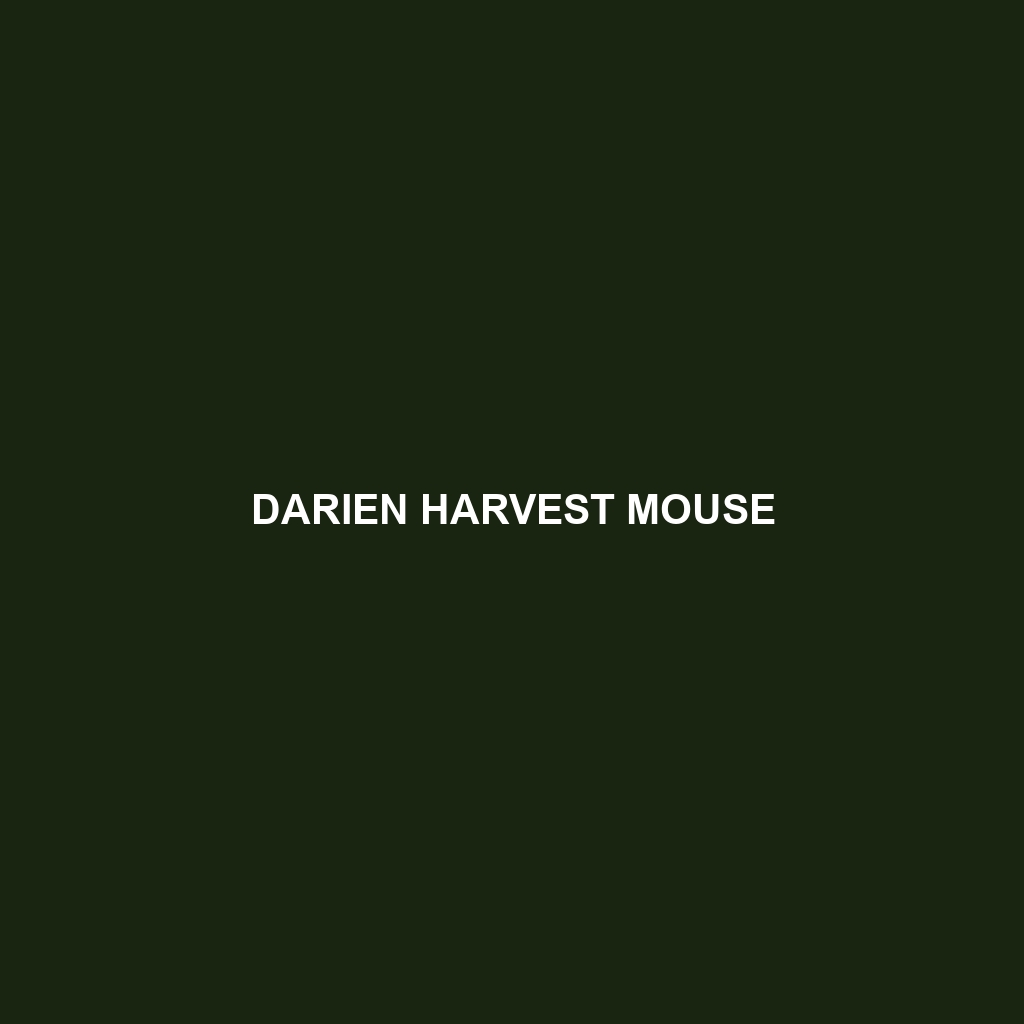Sonoran Harvest Mouse: A Comprehensive Overview
Common Name: Sonoran Harvest Mouse
Scientific Name: Reithrodontomys megalotis
Habitat
The Sonoran Harvest Mouse is primarily found in the arid regions of the southwestern United States and northwestern Mexico. Their habitat includes desert grasslands and shrublands, particularly in areas dominated by cacti and low vegetation, which provide essential cover and foraging opportunities. These mice thrive in the Sonoran Desert and its adjacent areas, where they can easily blend into their surroundings.
Physical Characteristics
Sonoran Harvest Mice are small rodents, typically weighing between 15 to 30 grams and measuring about 5 to 12 centimeters in body length, excluding their tail. Their fur is generally a mix of brown, tan, and gray, providing effective camouflage in their desert environment. A distinctive feature includes their large, rounded ears and a long, slender tail, which assists in balance and agility while navigating their habitat.
Behavior
This species is primarily nocturnal, showing increased activity during the cooler evenings and at night. The Sonoran Harvest Mouse exhibits a range of behaviors, including burrowing and foraging for food, often in small groups. They are noted for their agility, which allows them to escape predators quickly. Their social structure is generally loose, consisting of small family units that communicate through a variety of vocalizations.
Diet
Sonoran Harvest Mice are primarily herbivorous, with a diet that includes seeds, fruits, and grains, along with some insects and plant material for added protein. Their feeding habits are essential for seed dispersal in their ecosystem, helping to maintain plant diversity and resilience in their native habitats.
Reproduction
The breeding season for Sonoran Harvest Mice typically occurs in the spring and summer months, when food resources are abundant. Females may produce several litters annually, each consisting of 3 to 8 pups. The young are born blind and hairless but grow rapidly, becoming independent within a few weeks. Maternal care plays a significant role in their early development.
Conservation Status
Currently, the Sonoran Harvest Mouse is classified as Least Concern according to the IUCN Red List. While they are not considered endangered, their populations can be affected by habitat loss due to urbanization and agricultural development. Conservation efforts aim to monitor their populations and protect their native habitats.
Interesting Facts
One fascinating aspect of the Sonoran Harvest Mouse is its ability to survive in such a harsh environment. They are known to replenish their moisture requirements through the seeds they consume, allowing them to thrive in low-water conditions. Additionally, these mice can reproduce at a remarkable pace, which is crucial for sustaining their numbers in a challenging ecosystem.
Role in Ecosystem
The Sonoran Harvest Mouse plays a critical role in its ecosystem as a seed disperser, benefiting both flora and fauna within the desert. By foraging on various seeds and fruits, they help to maintain the balance of plant species, contributing to the overall biodiversity of the Sonoran Desert. Their presence is also vital for providing food sources for larger predators in the food chain.
This description provides comprehensive information about the Sonoran Harvest Mouse while incorporating relevant keywords naturally for SEO optimization.

